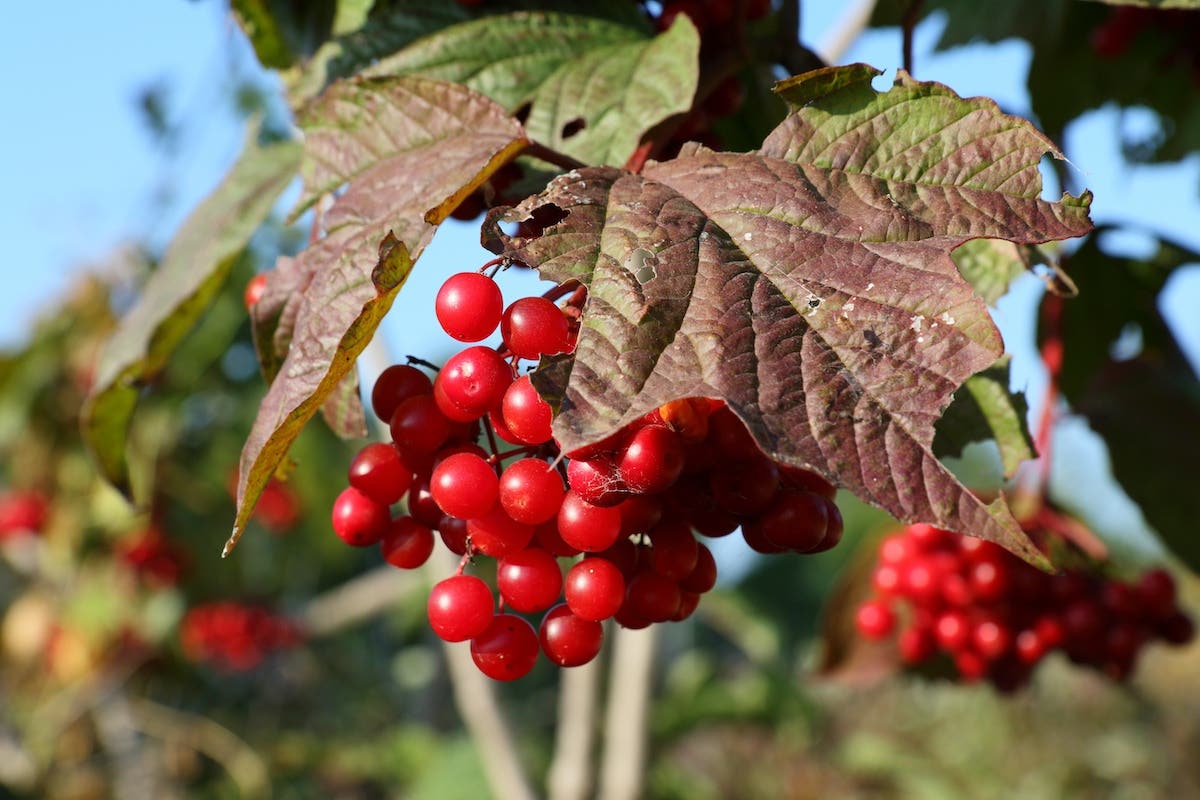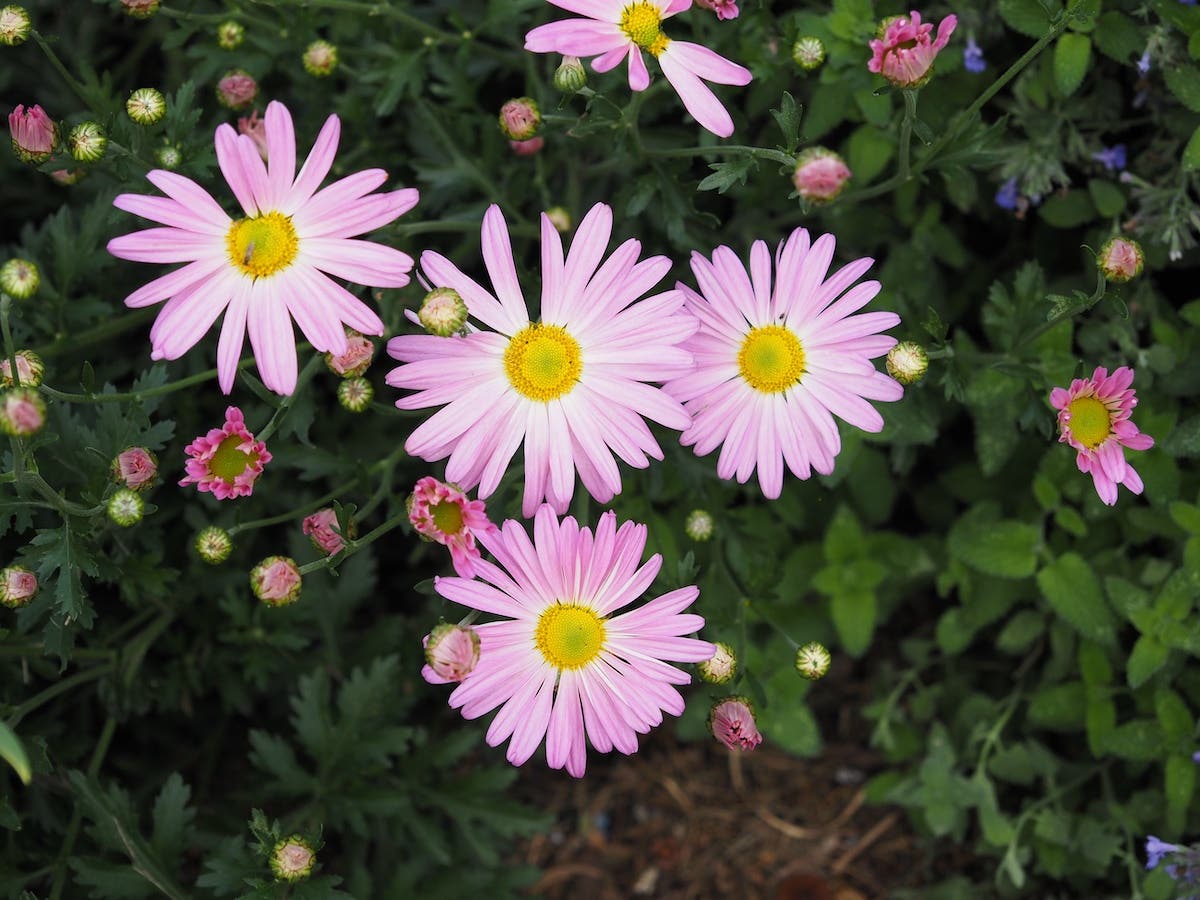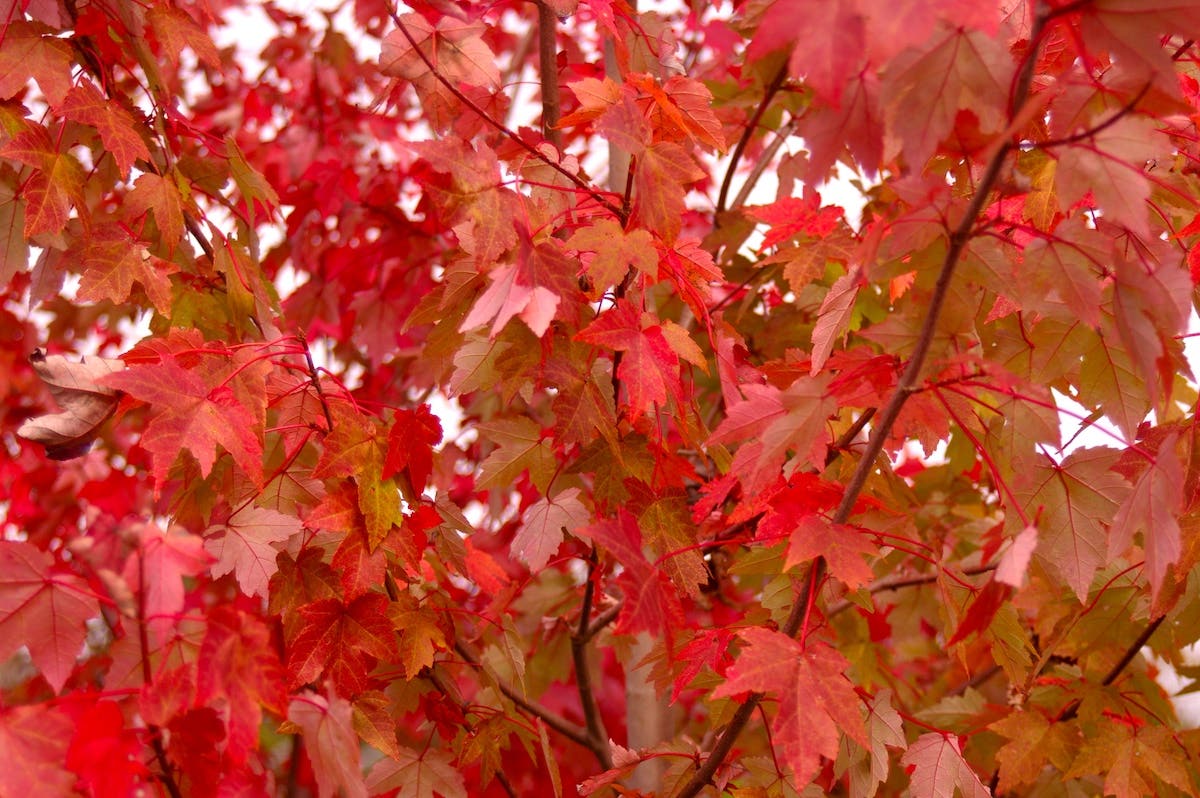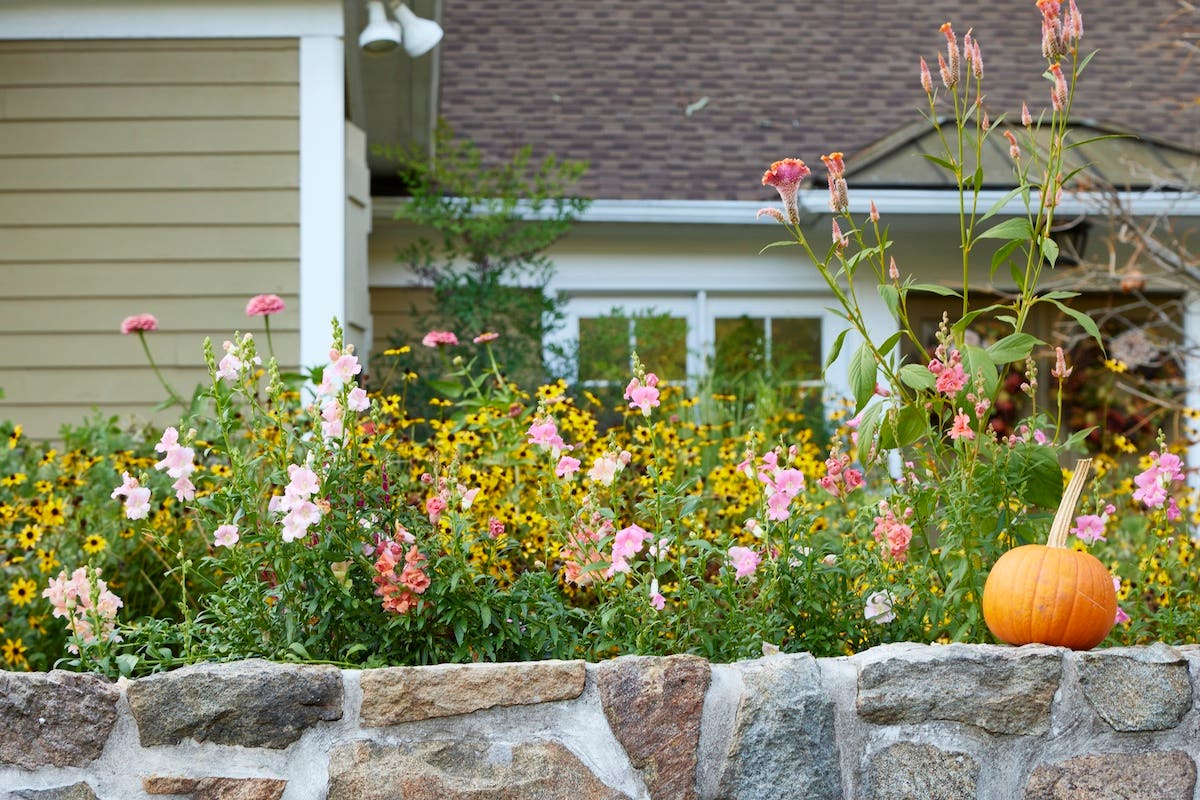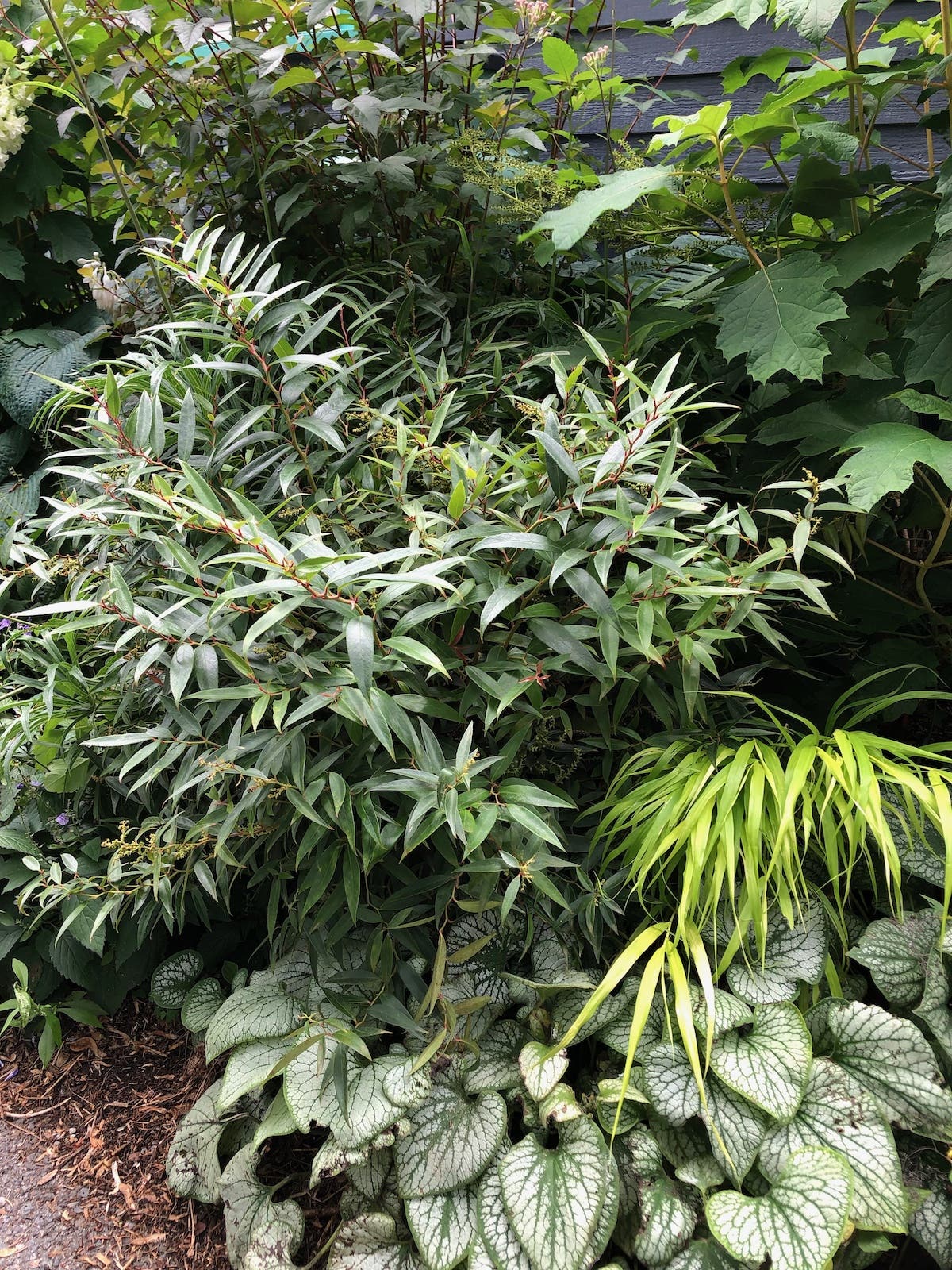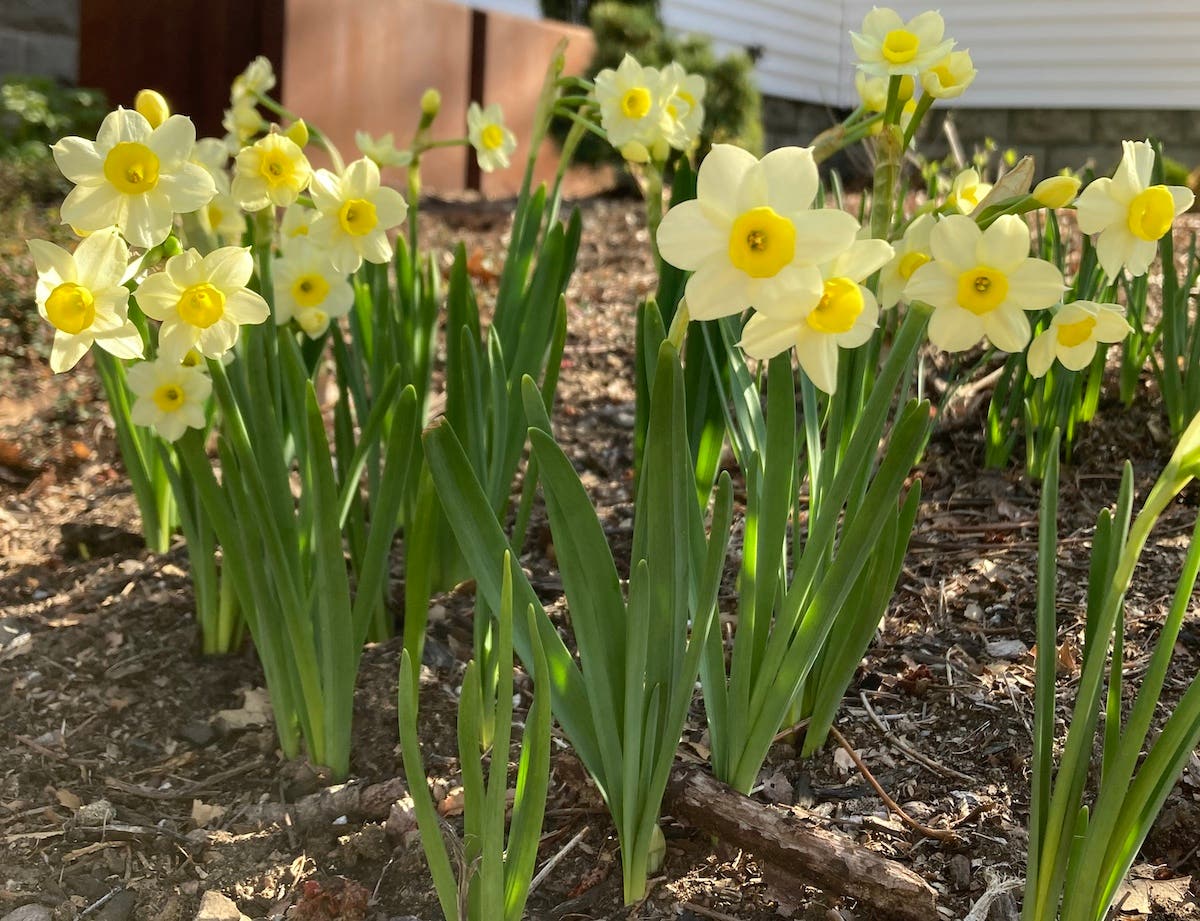Gardeners in the Deep South
Gardeners in the Deep South face some challenges unique to their region. Well known are the discomforts of outdoor work in the heat of summer, and the persistence of weed and insect pests due to the long growing season. Another problem is the extreme vigor of climbers and vines…
GARDENERS IN THE DEEP SOUTH face some challenges unique to their region. Well known are the discomforts of outdoor work in the heat of summer, and the persistence of weed and insect pests due to the long growing season. Another problem is the extreme vigor of climbers and vines.
In Massachusetts, a Fortune's double yellow rose might reach the top of its trellis in eight or nine years and reward the gardener with a few graceful sprays of blossoms each spring. In an Alabama garden, that same climbing rose is likely to surge up from its trellis onto the roof of the house in its third year, and busy itself removing shingles and shorting out the electricity under the cover of immense wads of bloom. "It got away from me," is a common lament of the southern gardener, as he tips back on his heels and gazes to the heavens at a towering monster of green.
Faced with this problem over and over, gardeners in USDA Zone 9 have come up with some unique solutions for supporting vigorous climbers. The main requirement is sturdiness; you can skip the article about how to tack together those wispily attractive willow twig trellises using simple tools and small nails. Size is important, too. Most vines will soon outgrow the standard eight-foot cedar and redwood lattice panels.
Sometimes, the best solution is the simplest and most easily available—a living pine tree. The growing tips of Confederate jasmine Trachelospermum jasminoides will snuggle into the cracks of the bark and the vine will spiral its way up the trunk without damaging the tree. In a few years, the trunk will be cloaked in a fur of green up to 40 feet, and in May and June the scent of the blossoms wafting from such a height will smell up a whole neighborhood.
A lighterd stob also makes a sturdy support for climbing roses. The lighterd stob is what is left of an old, dead pine tree when the sap wood has rotted off, a graceful column of extremely dense wood with lighterd knots, the stubs of former limbs sticking off at oddly pleasing angles.
Pieces of industrial scrap also make surprisingly attractive plant supports. Julie Neels, the famous Georgia butterfly gardener, found several old electrical wire spools made of metal tubing behind a bait store, bought them for five dollars, painted them green, and grows passion vines on them as larval food for the gulf fritillary and zebra longwing butterflies. These spools are just as graceful and well proportioned as the hundred-dollar topiary braces you see in fine garden catalogs.
A more whimsical garden ornament for climbing plants would be the 20-foot, metal double-wheels used for rolling out underground cable. Sometimes when a spoke is bent or broke, the workmen will let you have one if you have a way to get it home. You could just set the wheels on the ground on their rims for plants to shroud in a pleasing arch shape, but one gardener in north Florida actually mounted her wheel with a tripod and axle. In the late fall when its is time to clean up the garden, she simply gives the wheel a spin and all the vigorous hyacinth beans and morning glories she has trained to it are snatched up by the roots. After losing a square of roof shingles to a trumpet vine a couple of years ago, she says she particularly enjoys that ripping sound as the roots tear out of the ground.


